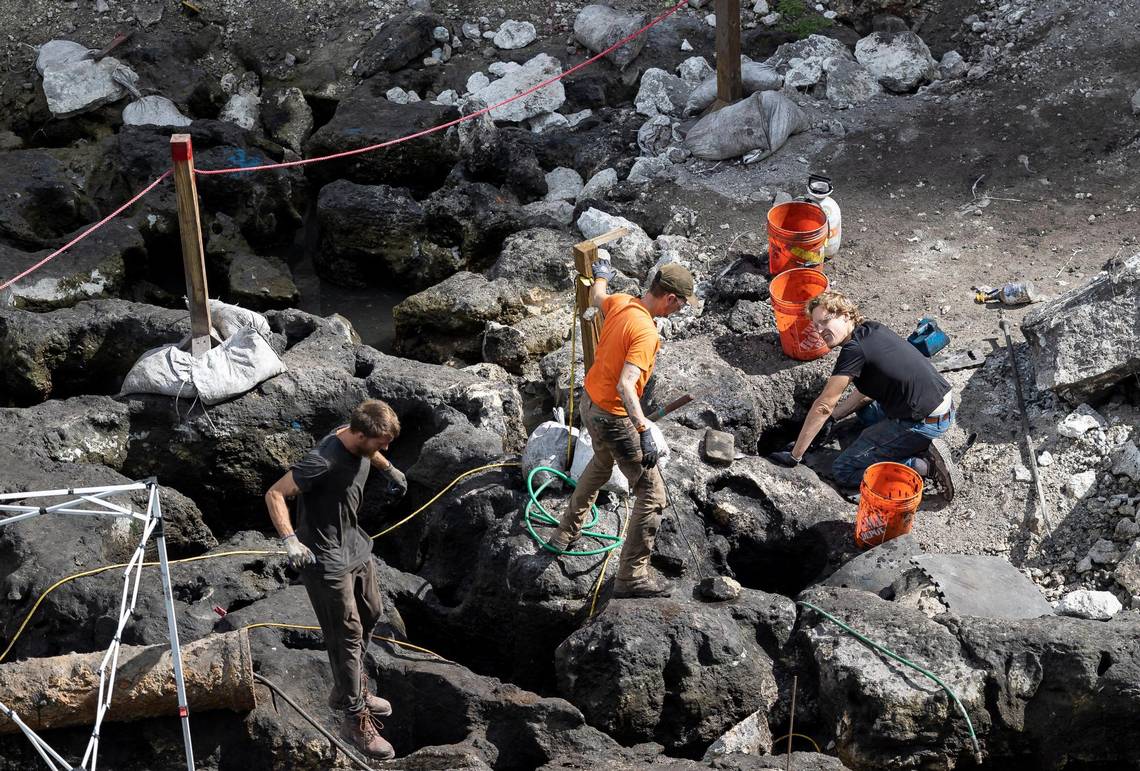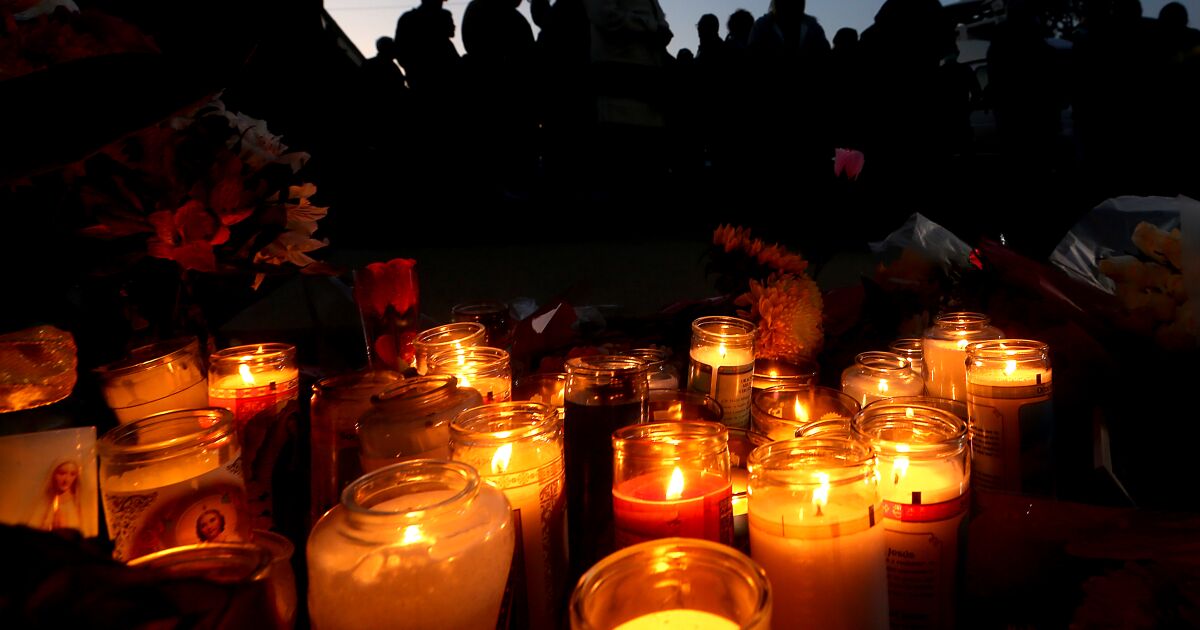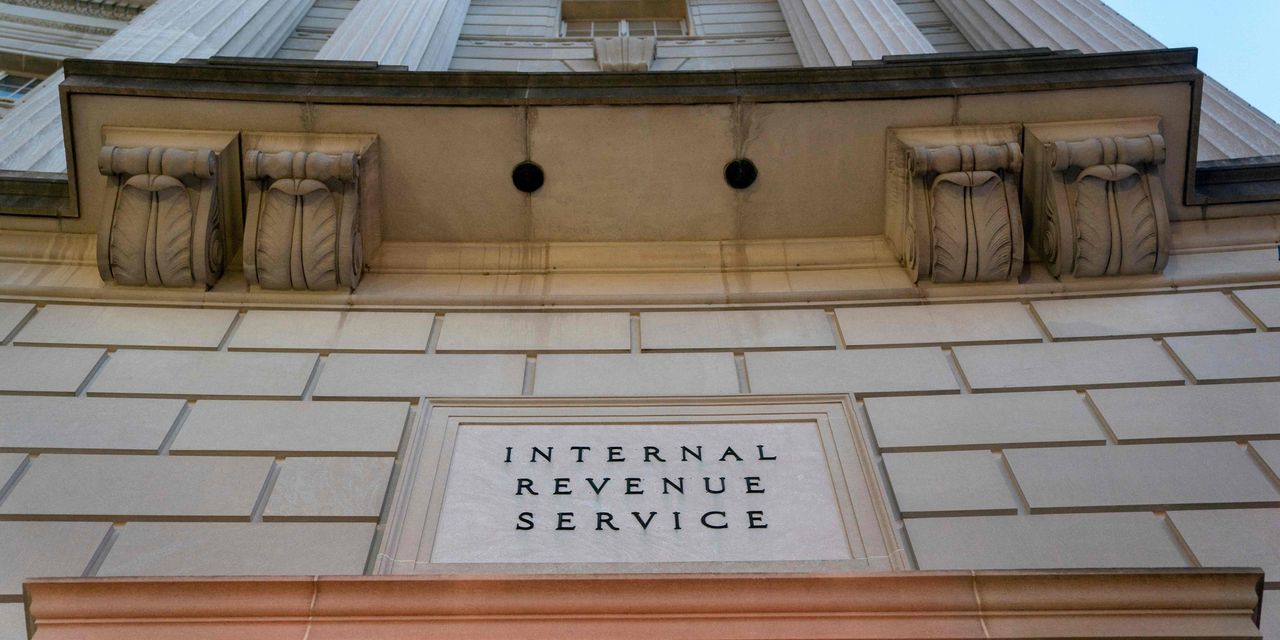Miami Council to Weigh Preservation of 7,000-Year-Old Brickell Archaeological Site
In an unexpected move, Miami’s historical preservation agency on Tuesday directed city planning officials to begin investigating whether to grant legal protection to the Brickell site of a major prehistoric archaeological discovery where developer Related Group plans to build three residential towers.
Although bureaucratic, the board’s 8-0 vote on Tuesday could prove momentous.
It is the first step in potentially designating the site on the west side of Brickell Bridge as a protected archaeological landmark. This designation would then give the board and city the authority to oblige Related to preserve all or part of the site, design its project to include public display spaces for artifacts and other finds, or take other actions to improve its archaeological and historical sites to protect or emphasize importance.
An archaeological dig quietly conducted for 16 months has uncovered extensive evidence of continuous Indigenous habitation on the south bank of the Miami River, dating back as far as 7,000 years, far longer than previously thought, to a time when the emergence of human civilization around the planet.
The finds also indicate that a Tequesta tribe settlement at the mouth of the river was larger than originally thought, extending along both the north and south banks to the site of the 2,000-year-old Miami Circle National Historic Landmark in the Biscayne Bay extended.
Archaeologists excavating the site of a proposed Related Group tower block complex on the Miami River in Brickell have uncovered extensive evidence of prehistoric Indigenous settlements dating back to the dawn of human civilization 7,000 years ago. The discoveries suggest that the capital of the Tequesta tribe, believed to be responsible for the 2,000-year-old Miami Circle visible above, was significantly larger than previously thought.
Though the issue was not on its agenda, the conservation panel made its move after archaeologists from the University of Miami and the director of the Dade Heritage Trust, a conservation group, showed up for its monthly meeting at Miami City Hall to urge board members to act to ensure that the site and its archaeological finds are not lost to history.
So far, neither related nor city conservation officials have made public statements to indicate whether they intend to preserve or display any part of the site or its rich archaeological discoveries, which range from archaic stone spearheads and thousands of other artifacts to the remains of buildings. burial sites and animal remains. Human remains also found at the site must be relocated under the supervision of the Seminole Tribe of Florida.
Relatives and city officials have declined repeated requests for an interview from the Miami Herald for several weeks.
Recently, the city’s historical preservation agency gave Related the green light to begin construction on part of the site where excavation has been completed. That section, UM archaeologist and anthropology chairman William Pestle told the board on Tuesday, is covered in soil and likely lost forever.
Frustrated by the long public silence from the developer and city officials tasked with overseeing the dig, Pestle and other South Florida archaeologists and preservationists in recent weeks have begun urging the city to do more amid increasing recognition of the site’s importance do. This has been made public, most notably in reports filed with the city by Robert Carr, the veteran South Florida archaeologist conducting excavation at the Related site.
Last month, the scientists asked the board, also in an unscheduled appearance, to do more to publicize the finds and the site and to ensure that it is in some way accessible to posterity. Although Chief Executive William Hopper asked that the issue be included on Tuesday’s agenda, officials said that did not allow enough time for the required legal public notice.
Meanwhile, city conservation director Anna Pernas told the board on Tuesday that state archaeological officials have been visiting the site in recent days with related officials who have agreed to make a public presentation at the board’s April meeting.
But board members didn’t want to wait until then to get the ball rolling on the possible designation of the site, urging Pernas to begin investigating the matter immediately in collaboration with Pestle and his UM colleague, archaeologist Traci Ardren begin.
William Pestle, an archaeologist and chair of anthropology at the University of Miami, is photographed in his department’s artifact storage room holding a conch shell from a prehistoric archaeological site in the Florida Keys.
Tuesday’s vote does not formally start the nomination process, which can take months, as the item was not on the agenda and there was no public announcement before the meeting.
In April, the board could order Pernas to open a formal review for possible evictions, a measure that would automatically impose a halt to all construction at the site.
A lawyer for Related at Tuesday’s meeting, Carlos Diaz, said he did not object to the vote pending a formal nomination process.
Preservation Committee member Bob Powers asked Pestle and Ardren to write a proposal for the naming, submit it to the City Preservation Officer, and work with her to prepare an in-depth review to be presented to the board for later voting.
“This should be a World Heritage Site,” Powers said. “People should come from all over the world to see it.”
Related has said it is planning three towers on the site — formerly used by the US Customs headquarters in Miami and an adjacent parking garage — including the ultra-luxe Baccarat Residences condominium and a rental tower. The 444 Brickell building, which houses the Capital Grille restaurant, is part of the property and will eventually be yanked into town for the third tower.
Among the most common finds at the related site are post holes carved into bedrock to support buildings and boardwalks, animal bones and shells, seeds and wood, potsherds and stone tools used to make wooden structures and canoes. Animal bones have also been found, including perforated shark teeth attached to wood to make knives used for fishing and hunting, and shell jewelry.
Don’t miss interesting posts on Famousbio










